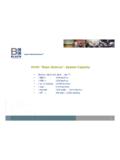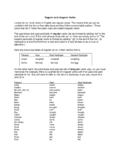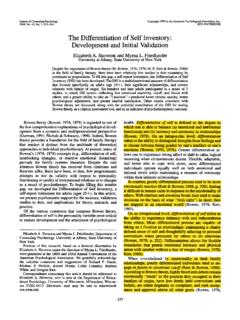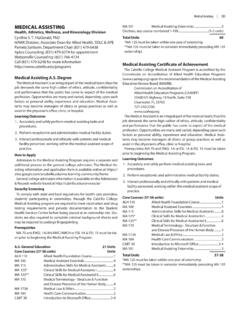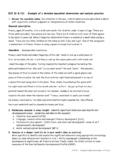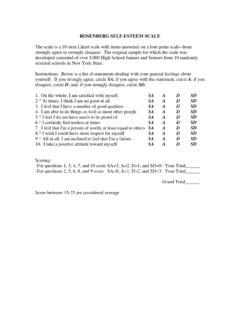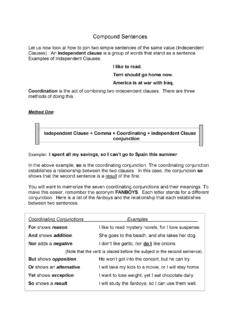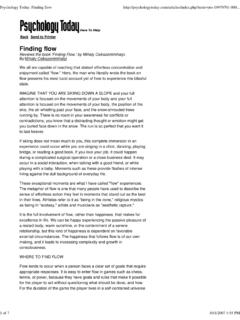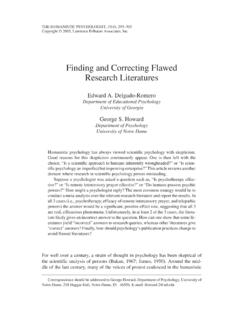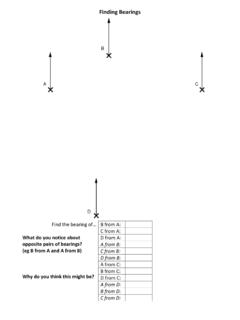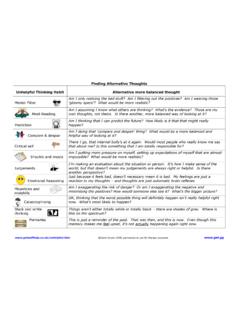Transcription of Finding P-Values using the t-distribution
1 Finding P-Values using the t-distribution Here is an example showing the three methods that you can use to find the P- value when using the t-distribution . Example: Find the P- value for a left-tailed test with n=27 and test statistic t = Remember that the P- value is the probability of getting a test statistic that is at least as extreme as the one representing the sample data, assuming that the null hypothesis is true. So, in this case, we want to find the P(t < - ) with deg of freedom = n-1 = 26. Solution: You have a choice of using either 1) the t-table and find a range of values for the P- value 2) the T83 PRGM. 3) the tcdf DISTR. 1) To use the t-table, you need to look at the row for degrees of freedom = df = 26. and find the values for which the absolute value of the test statistic = =.
2 Lies in between notice that the two value are and now look up at the top of the table for Area in One Tail and you will notice that these two values correspond with .05 and .10 so this tells you that since <- < that the p- value lies between .05 and .10. So using the table gives a range for the P- value of .05 < P- value < .10. 2) To use the T83 PRGM, remember that you want to find P(t < ) with df =. 26 so to use the T83 PRGM you hit PRGM and scroll down to T83 and hit ENTER and ENTER and choose 2:P(T<B) and for ENTER DF: 26 and hit ENTER and for ENTER B: and hit ENTER and you get the P- value =..0728. 3) To use the tcdf DISTR, remember that you must enter tcdf(smallest value , largest value , df) so we will choose a really small value , such as -99 as the smallest value and as the largest value and df = degrees of freedom = 26 so to find P(t < ) you hit 2nd on VARS to access DISTR and scroll down to 5:tcdf and hit ENTER and now fill in tcdf(-99, ,26) and you get the P- value =.
3 0728303636 . the PRGM gives accuracy to 4 decimal places and notice that the DISTR gives greater accuracy.
